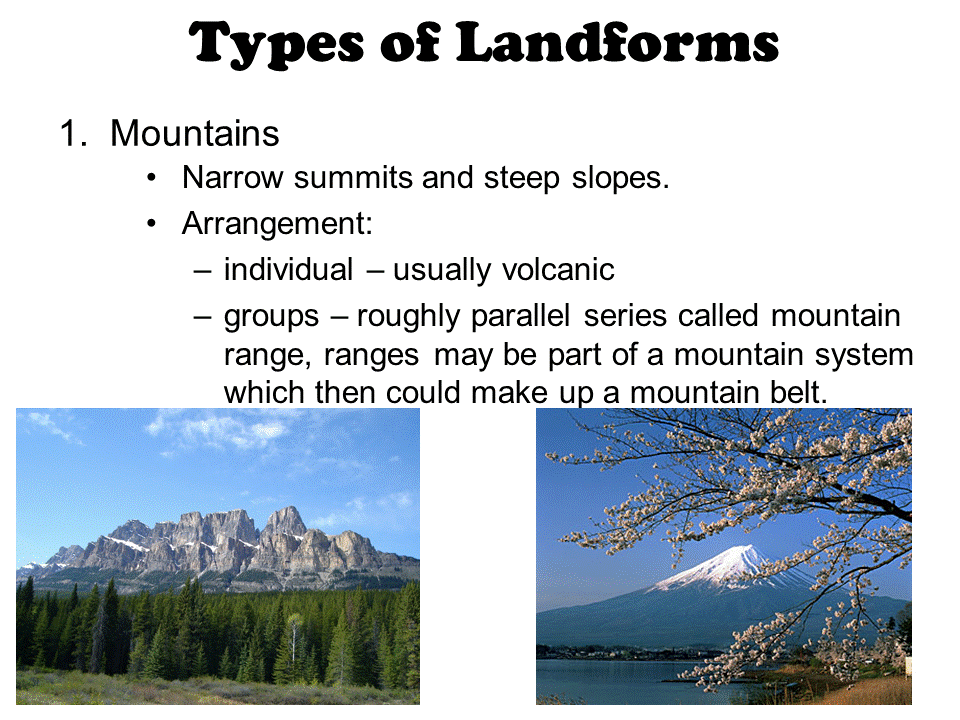“Eradicating Food
Deserts through School Gardens”
Essay
DUE DATE: TUESDAY
March 31, 2015
(Southern Lab
Wednesday April 1, 2015)
During this entire
school year we have met weekly to discuss the importance of gardening. Now is a
chance for you to display what you have learned in your own words. Please complete a
one-page essay using the following as your guide.
Evidence
of garden participation and garden indoor lessons (2 points)
Listening to instruction both in the
classroom and in the garden is important. Please display in this section of the
essay what you have absorbed from indoor classroom lessons and hands-on
gardening experiences.
|
0
|
1
|
2
|
|
not
done
|
vague
|
Done
|
|
No evidence that attention was paid to
indoor classroom lessons and hands on experience in the garden
|
Minimal evidence that attention was paid
to indoor classroom lessons and hands on experience in the garden. Too vague.
|
Essay makes it clear that you
comprehended indoor classroom lessons
and participated in hands on experiences in the garden
|
Sharing
Garden Knowledge (2
points)
Your
essay should explain if you have been able to share the gardening knowledge and
life skill information with any one in your life. If so, please give details on
how this was done.
|
0
|
1
|
2
|
|
not
done
|
vague
|
done
|
|
No sharing of garden knowledge
|
Attempted, but weakly executed sharing
garden knowledge –OR- has been done
but description lacks how the
knowledge was shared/taught
|
Essay contains ample evidence of sharing
garden knowledge to friends or loved ones.
Also describes exactly how the knowledge was taught to loved ones.
|
Relevance
of the knowledge
( 2 points)
This
section of your essay should describe in your own words and opinion the importance
of growing your own food. Also it should include in your own opinion, utilizing
lessons we have learned throughout the school year the importance of teaching
others how to grow food.
|
0
|
1
|
2
|
|
not done
|
vague
|
done
|
|
No evidence of
the importance of growing and teaching how to grow food.
|
Minimal evidence
of the importance of growing your own food and teaching others to do the
same.
|
Essay contains
ample evidence of the importance of growing your own food and teaching others
to do so. Shares innovative ideas why this is so.
|
Social Justice
through gardening
(2points)
Your essay should define what the terms “social
justice”, “food justice” and “food desert” means. It should also include any
social change that can come with gardening and farming (think not only about
Baton Rouge, but about the whole country and the whole world).
|
0
|
1
|
2
|
|
not
done
|
vague
|
done
|
|
No evidence of the term social justice
or what growing your own food has to do with this term.
|
Minimal evidence of the term social
justice and its relation to growing
your own food –OR- description of one but the connection not made.
|
Essay contains ample evidence of the
term social justice and its correlation to farming, gardening, and growing
your own food. Also describes effects of doing so and a vision of food
justice for all.
|
Quality
of writing
(1 point)
Your essay should be
well-organized, clearly written, and free of spelling and/or
grammatical errors. Innovation (describing an inventive idea,
something different than others) is encouraged.





















